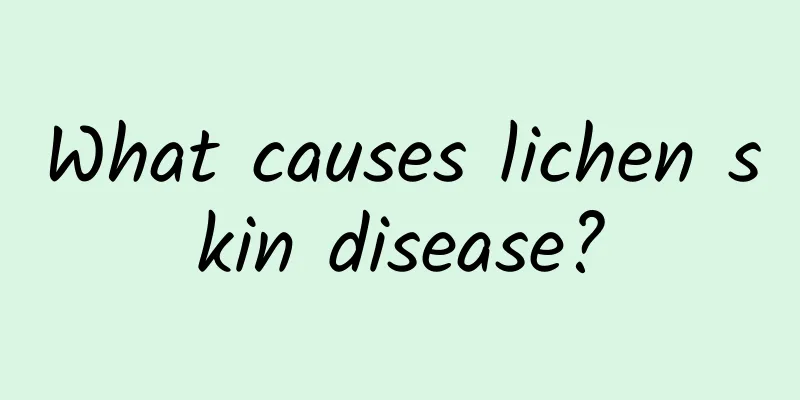How to treat knee pain in the elderly

|
Knee pain is a common problem in the elderly, especially in cold seasons or after long activities. To relieve this discomfort, you first need to understand the cause of knee pain. Knee pain in the elderly is usually related to osteoarthritis, synovitis or soft tissue injuries. Knowing the cause, treatment can be more targeted. A simple and effective way to do this is to get some moderate exercise. It may sound counter-intuitive, but moderate exercise can actually help strengthen the muscles around your knees, which can reduce the strain on your joints. Low-impact exercises like swimming are great for seniors because they build muscle without adding stress to your joints. Daily walking is also a good option, but be careful to choose the right shoes to reduce the impact on your knees. Diet is also a factor that cannot be ignored. Eating more foods rich in omega-3 fatty acids, such as fish, can help reduce inflammation. Vitamin D and calcium intake are also important, as they help maintain bone health. For those who have difficulty getting enough nutrients through diet, supplements may be a good option. Hot and cold compresses are commonly used by the elderly to relieve knee pain. Hot compresses can help relax tight muscles and increase blood flow, thereby reducing pain. Cold compresses, on the other hand, can help reduce swelling and inflammation. You can alternate between these two methods depending on the specific situation, which will be more effective. Psychological factors also play an important role in pain management. Long-term pain may lead to depression or anxiety, which in turn can aggravate the pain. Maintaining a positive attitude, relaxing from time to time, and even seeking professional psychological counseling can help relieve pain. If knee pain continues to worsen or affects your daily life, it is recommended to seek medical attention in time. Doctors can use imaging examinations and other methods to identify the cause and develop a personalized treatment plan. Whether it is drug treatment, physical therapy or surgical intervention, professional guidance is always the safest and most effective way. By combining exercise, diet, physical therapy, and psychological adjustment, the elderly can effectively relieve knee pain and improve their quality of life. I hope this article can provide you with some practical suggestions to help you or the elderly around you better deal with knee pain. |
<<: What is lung adenosquamous carcinoma?
>>: What diseases cause neck, shoulder, waist and leg pain
Recommend
Which is more serious, breast cyst or breast nodule?
Breast cysts and breast nodules that are not acco...
Can a carotid aneurysm affect the nerves?
Carotid artery aneurysms may affect nerve functio...
Are gallbladder polypoid lesions serious in pregnant women?
The severity of gallbladder polypoid lesions in p...
What harm does gallstones do to the human body?
The harm caused by gallstones to the human body m...
Does gallbladder stone require surgery?
Whether or not gallstones require surgery depends...
Is it good to drink black wolfberry for breast hyperplasia?
Drinking black wolfberry can help with breast hyp...
What causes anal abscess in newborns?
Neonatal anal abscess is usually caused by bacter...
Precautions after hemorrhoid surgery
Things to note after hemorrhoid surgery: When hem...
Common symptoms of perianal abscesses are
Common symptoms of perianal abscesses are pain, s...
Eating red ginseng can increase the risk of breast tumors
There is currently no conclusive evidence that ea...
What can't you eat if you have breast cysts?
Patients with breast cysts should avoid eating hi...
How to induce urination quickly
If you are worried about how to induce urination ...
Anal fistula surgery 3D demonstration
Anal fistula surgery is an important means of tre...
Why do women's joints make noises when they move?
Women's joints make crackling sounds when the...
Perianal abscess surgery, farting, leaking stool from wound
Flatulence and fecal leakage after surgery for pe...









